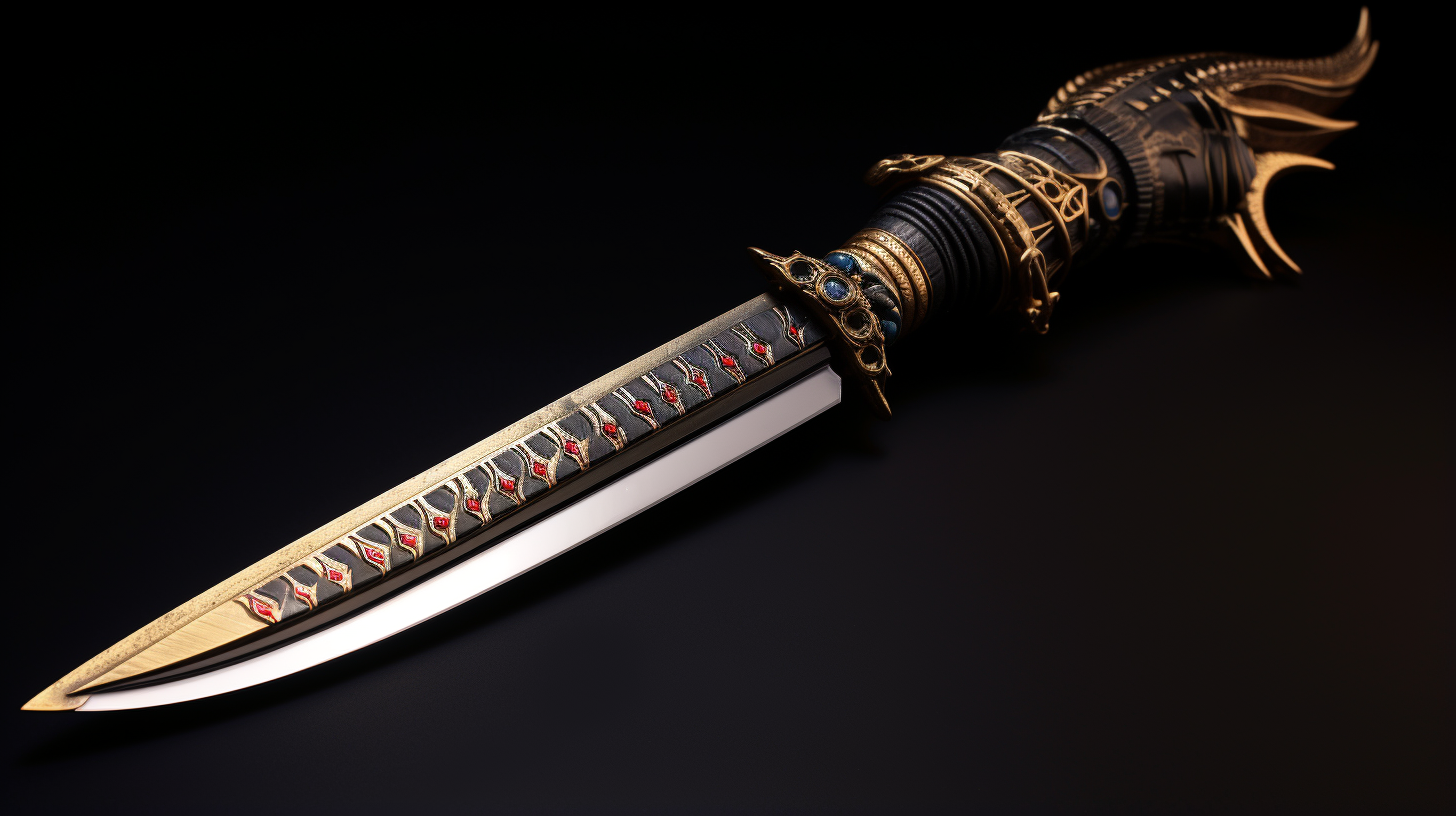It was on the 16th of February 1923 that the entire world was captivated by the revealing of the tomb of King Tutankhamun in the Valley of the Kings in Egypt, a momentous event in the realm of archaeology.
Led by the bold explorer Howard Carter, a team from Britain delved into a hidden chamber that had been closed off for over three millennia, stumbling upon a collection that left them in awe.
Amid the treasures laid to rest in the tomb, one remarkable item stood out – a meticulously crafted 13-inch iron dagger, snug in a golden sheath adorned with an intricate feather motif.
Beyond its exceptional craftsmanship, the dagger held a significance that surpassed its visual beauty, especially because of its positioning on King Tutankhamun’s thigh.
In the ancient era of 1330 BC, this dagger was not merely a regal accessory; it was believed to possess divine powers granted by the gods themselves.
It was deemed an indispensable tool for King Tut’s journey into the afterlife, where his duty was to assist the sun deity Ra in his nightly battle through the treacherous underworld.

As Ra traversed the dark, perilous depths filled with dangers and malevolent entities, King Tut’s dagger acted as his shield against the lurking threats.
While the idea of an iron dagger possessing mystical and spiritual properties may seem perplexing today, it was a firmly entrenched belief in ancient Egypt, elevating it beyond its physical form.
What added an extra layer of intrigue to this artifact was its origin, a mystery that puzzled historians for centuries.
During Tutankhamun’s reign, the Egyptians did not possess the technology to create iron, making the dagger’s iron composition even more enigmatic.
Recent scientific research has revealed that the dagger’s iron originated from a meteorite, descending to Earth from the heavens, linking it to divine origins in Egyptian cosmology.
Suggesting that King Tut’s dagger possessed unearthly powers due to its extraterrestrial essence sparks captivating discussions. Some suggest that its spiritual significance goes beyond mere symbolism.
Pointing to a series of mysterious deaths that followed the removal of the dagger from King Tut’s tomb, a narrative reminiscent of the ancient curses associated with disturbed pharaohs’ final resting places begins to emerge.
The peculiar deaths that occurred after the dagger’s extraction are shrouded in eerie circumstances, reinforcing the belief in a cursed fate for those who interfered with the pharaoh’s belongings.
The passing of Lord Carnarvon, the sponsor of the expedition, just four months after the tomb’s opening, due to an unusual form of blood poisoning, marked the beginning of a chain of untimely deaths among expedition members.
According to advocates of the curse theory, the dagger, intended for King Tut’s protection in the afterlife, harbored a mysterious force that was unleashed upon its removal by unsuspecting excavators.
Amidst the speculation surrounding the curse, the dagger plays a vital role, intertwined with the tragic destinies of those who crossed its path.
Video:
While the enigma of King Tut’s dagger endures, posing a tantalizing mystery, one fact remains evident: it provides insights into the intricate beliefs and traditions of ancient Egypt. Whether a celestial offering or a symbol of spiritual protection, the dagger’s saga reflects humanity’s everlasting fascination with the unexplained and mystical aspects of history.
